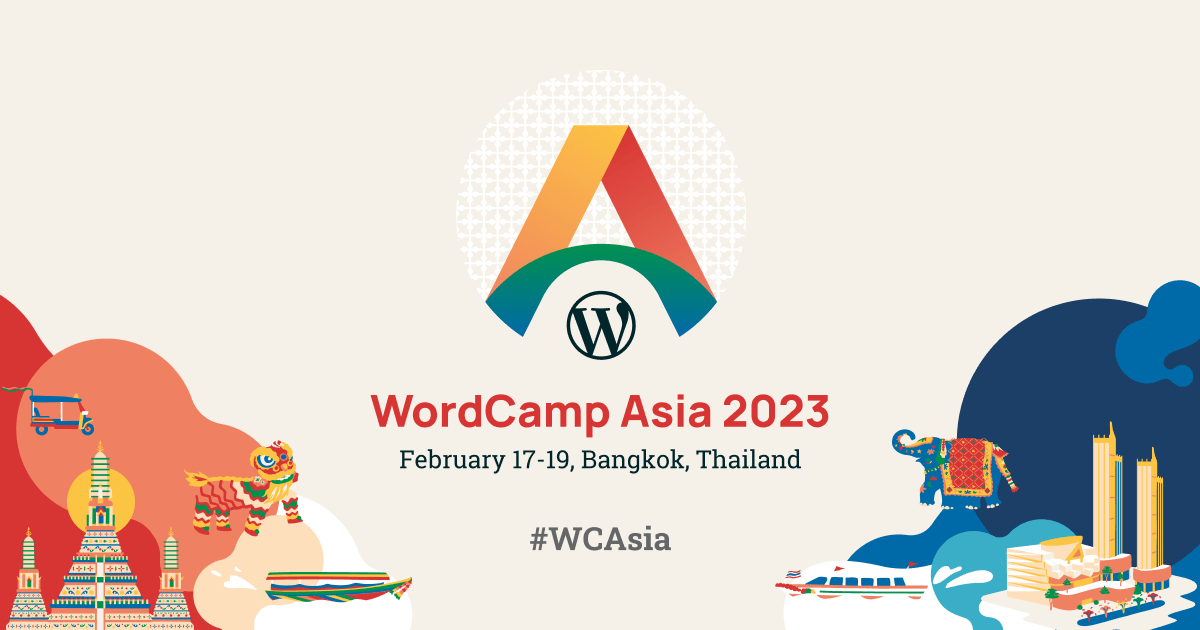Do you know theme.json is the heart of the Block Based (FSE) Theme? If you want to develop a functional and powerful block (FSE) theme then you have to be a master in theme.json
Theme.json is a configuration file for theme styles and block settings. This session will go through the in-depth parts of the theme.json and how it may help you to develop an outstanding block theme.
Some of the things you can do with theme.json are:
- Enable or disable features like drop cap, padding, margin, and custom line height.
- Add multiple color palettes, gradients, and duotones
- Add typography like font family, sizes, etc.
- Add default widths for content and wide content
- Add custom CSS properties
- Assign template parts to template part areas
Introduction to theme.json:
- What is theme.json?
- How to create a theme.json file?
- Is theme.json can be added to any theme?
Settings for define:
- What exactly does Settings in theme.json?
- How do Settings affect the block editor and individual blocks?
- Discussion in detail about Settings properties.
Styles for apply:
- What exactly does Styles in theme.json?
- How do Styles affect the website and block style?
- Discussion in detail about Styles properties.
This session will cover each element of theme.json in more detail. After completing this session, you will be able to make a block theme more efficiently and also can convert your classic theme into a hybrid theme by adding theme.json
With the introduction of FSE and the evolution of WordPress towards Block Editor, the business model of theme development and sales has reached a major turning point. As one of the theme developers in the business of selling WordPress themes, I would like to talk about how I am currently transforming my business, including the regional characteristics of the market.
Topic outline :
- Self-introduction
- Theme business before FSE
- What did the Block Theme change?
- Factors making monetisation more difficult
- CSS customization on Block Theme extinguishes demands for PRO themes
- Impact of WordPress version upgrades
- The foresight of WP theme business
- My definition of Value Added Patterns
- Mandatory localisation in making attractive patterns
- No future for the theme business after all?
With the site editor and block themes, the concept of Layout arrived. It took shape as a block support, which means it’s an add-on that provides a block with extra functionality. It’s also a fundamental part of how block themes work: Layout allows us to define the width of our post content, and arrange blocks horizontally or vertically, right or left aligned, inside container blocks. In terms of block styling, Layout is a complex feature because it affects child blocks in ways that go beyond CSS inheritance.
This talk goes into how far the Layout support has come since the site editor first made its appearance in 5.9, why it has been in experimental mode for so long, what you can do with it right now as a theme or block developer – and what you can expect of it in the future!
Do you think adding the feature about earning money online is difficult?
Nowadays, we have multiple ways to add any payment, subscription feature to your website with no-code or low-code.
For example, the Shopify Buy button is a widget to add the cart feature to your site. Stripe Payment Links and Customer Portal are good for subscription services to manage your plan and your customers billing information.
In this talk, I’ll show how we can add the online payment form and customer mypage with no-code to your WordPress site. And additionally, we can learn the way to add your pricing table to your website with FSE.

